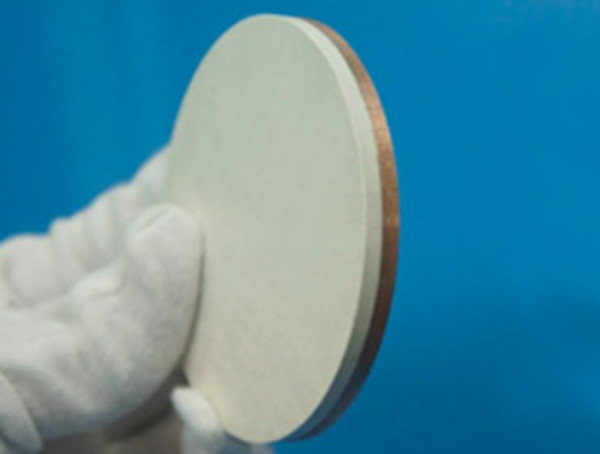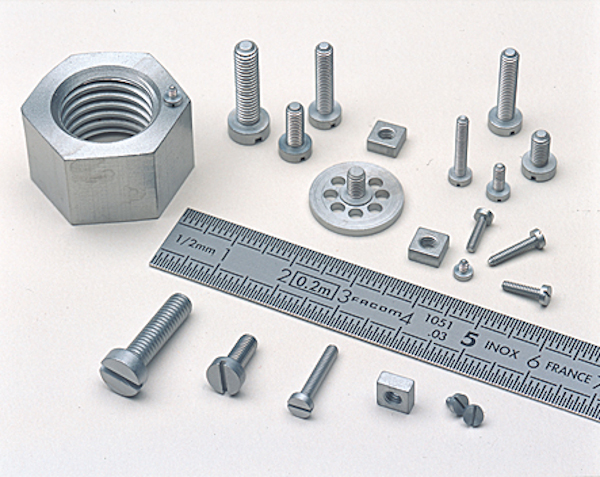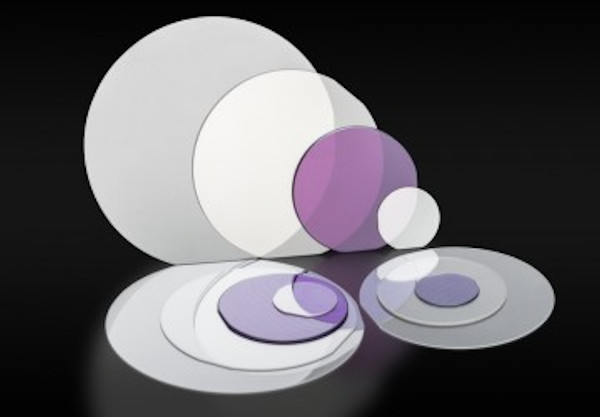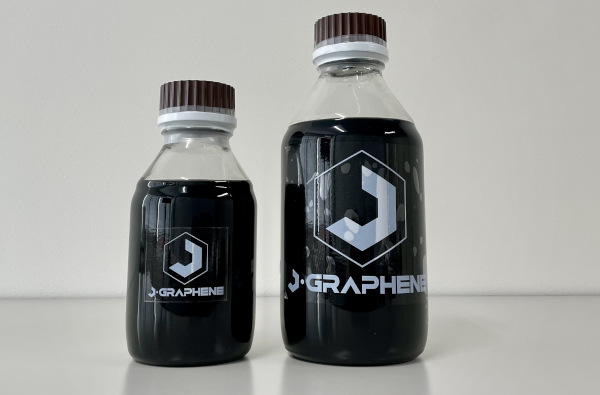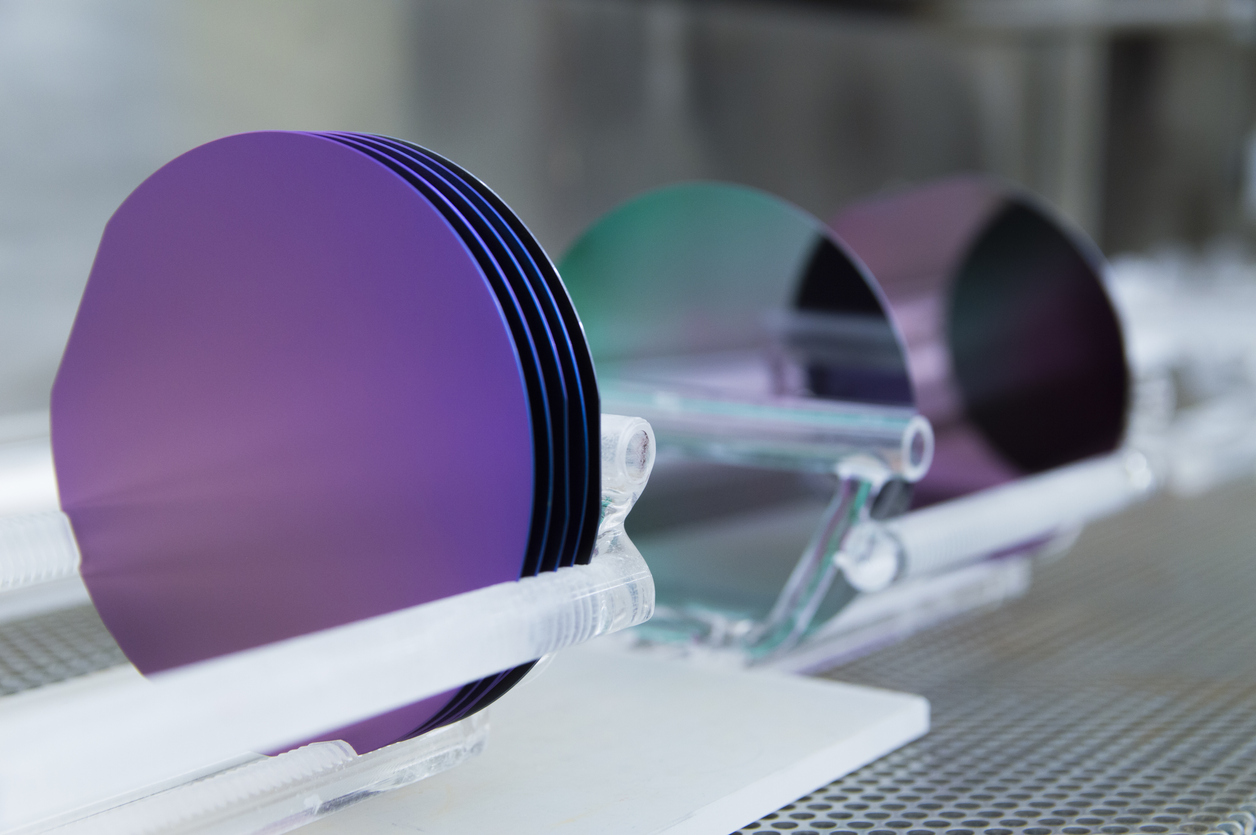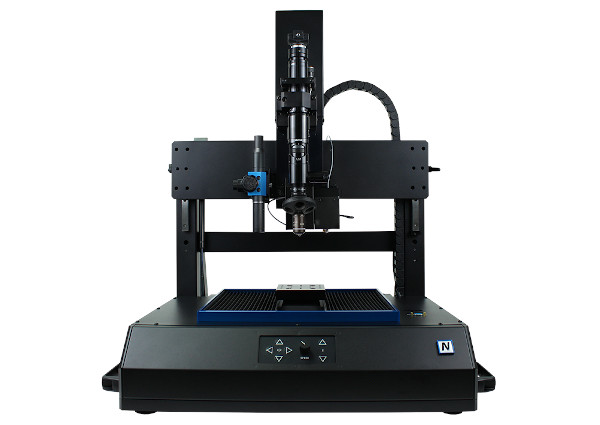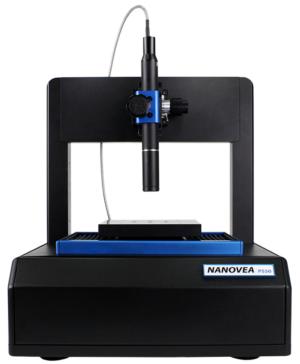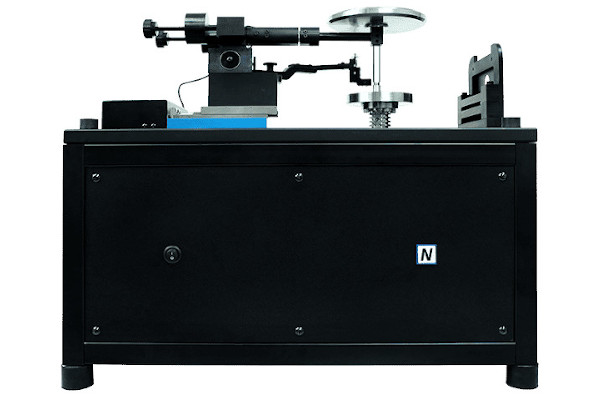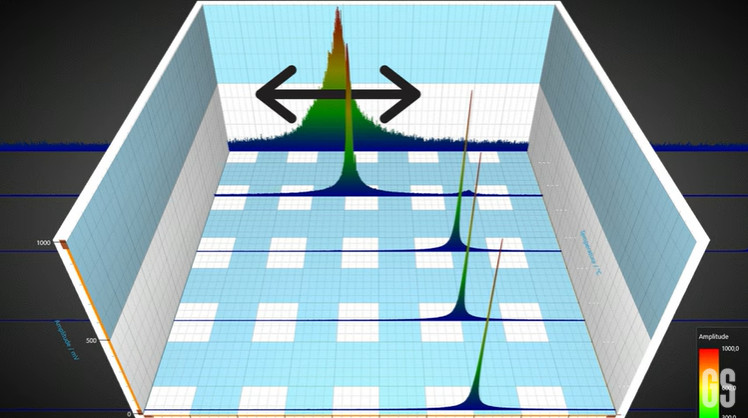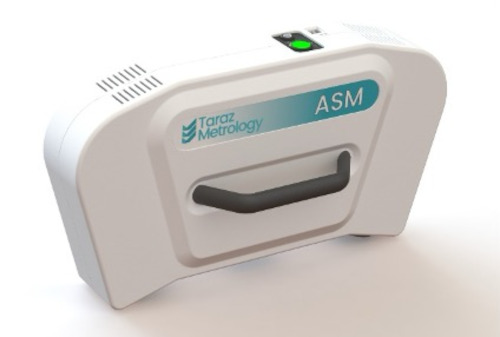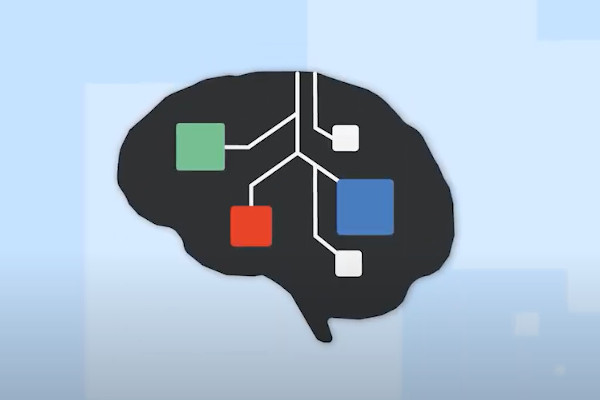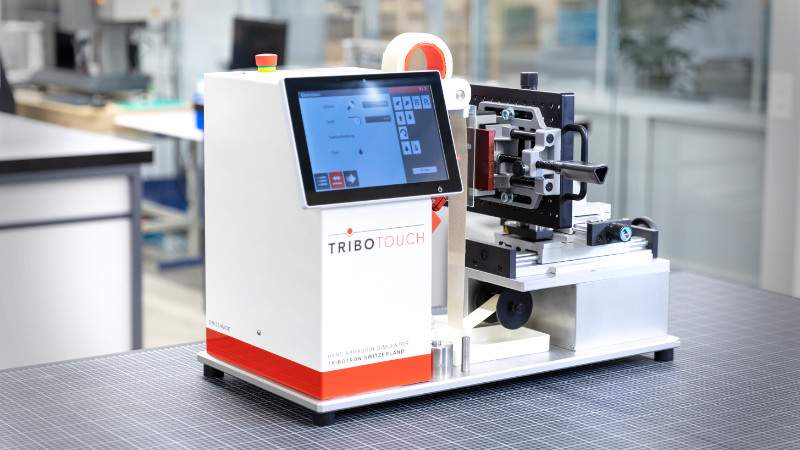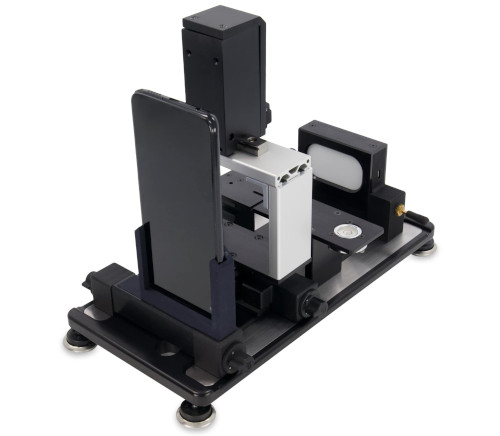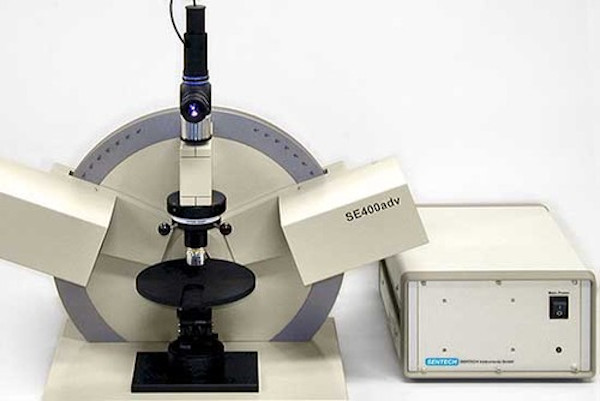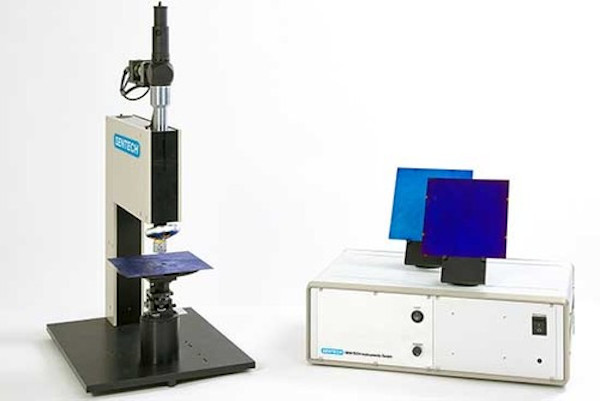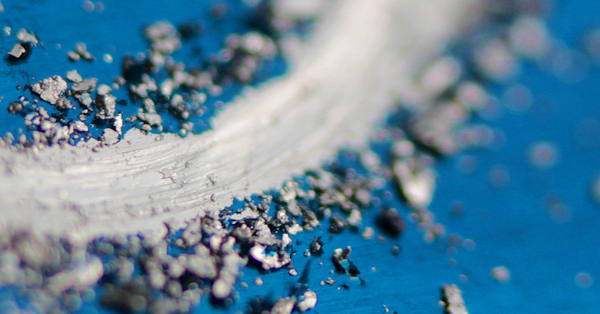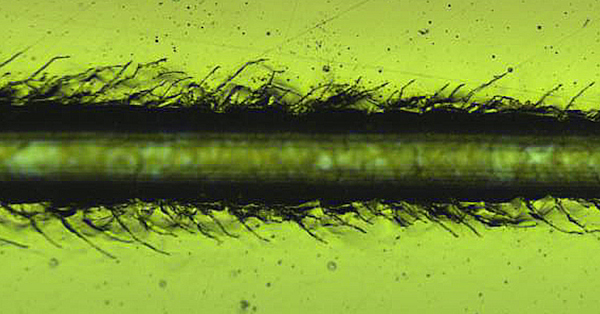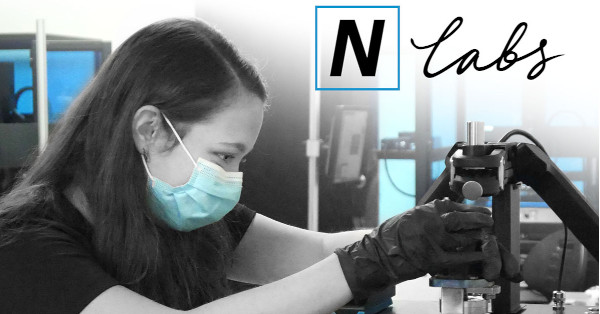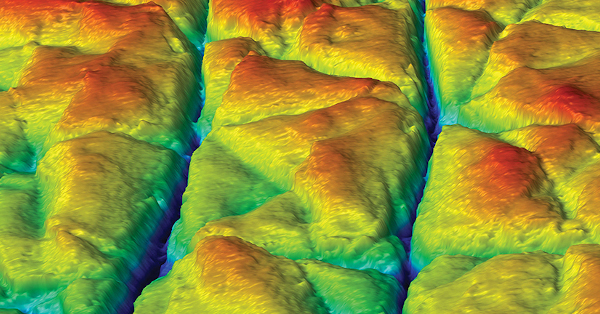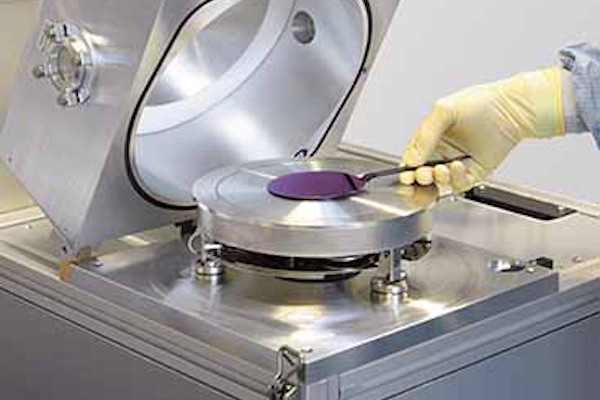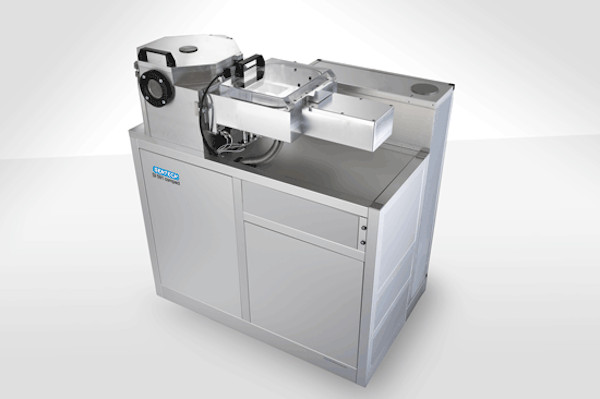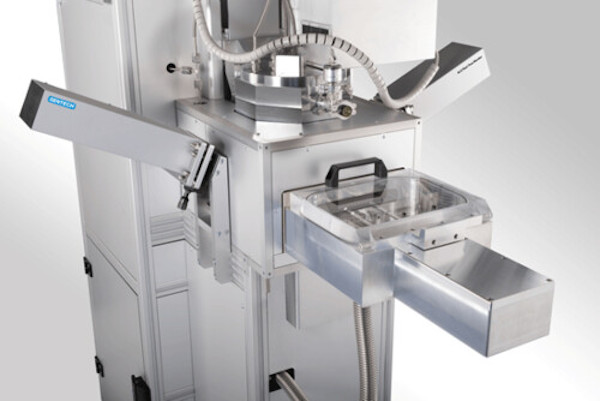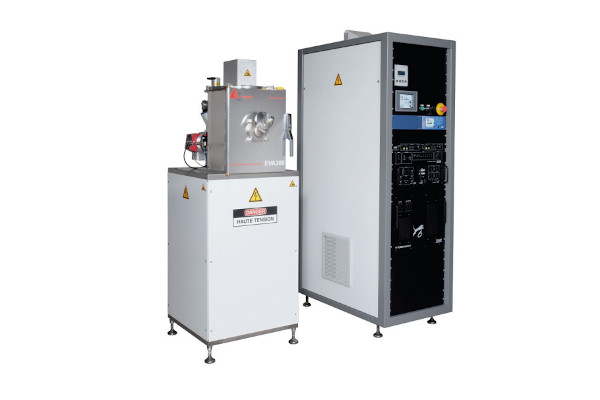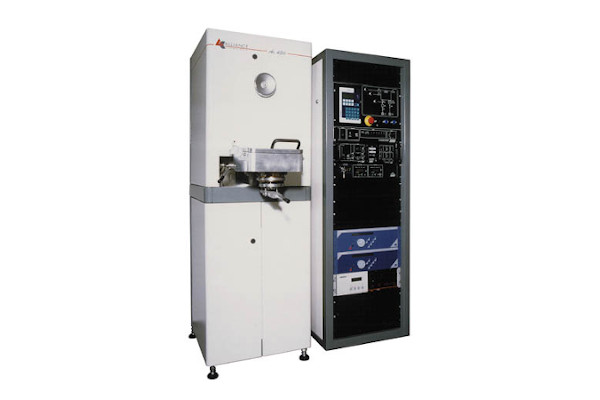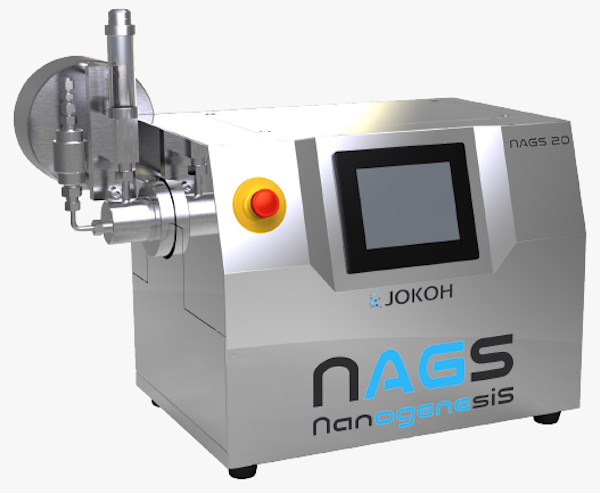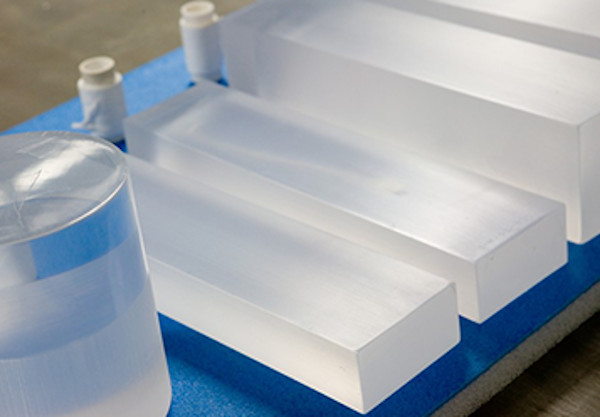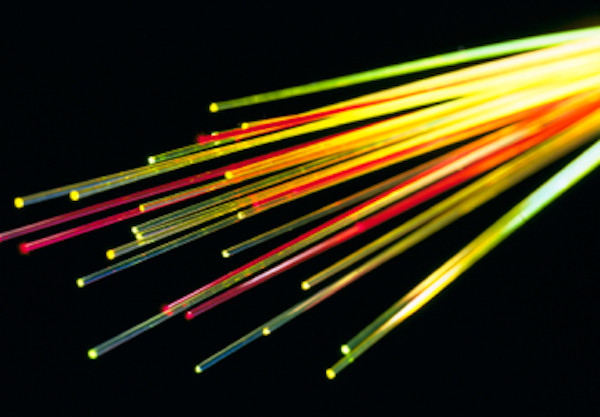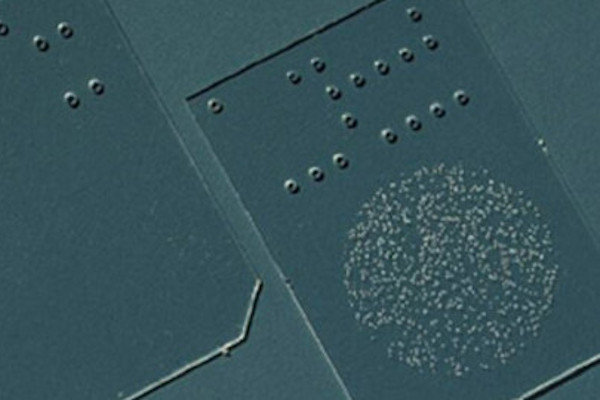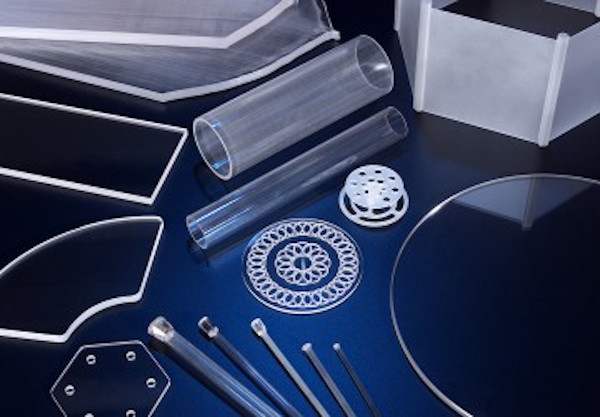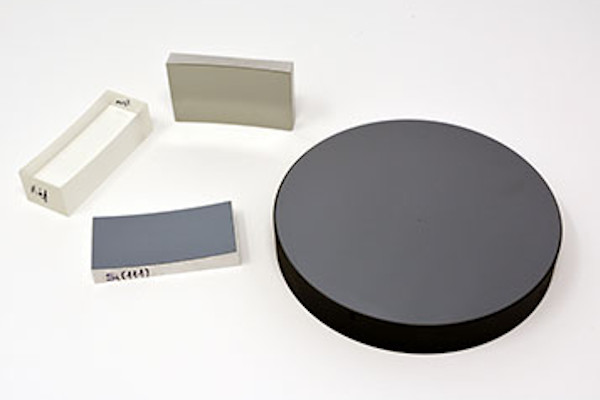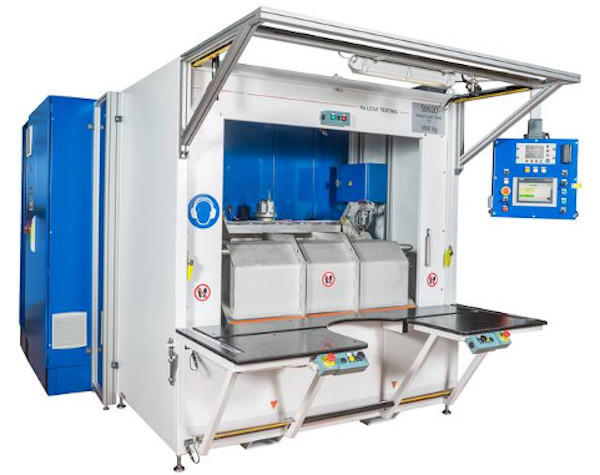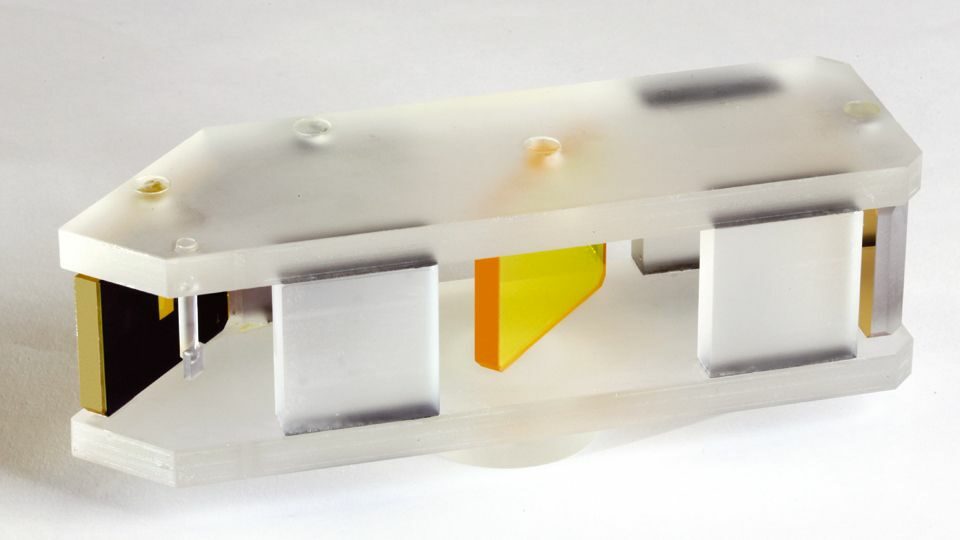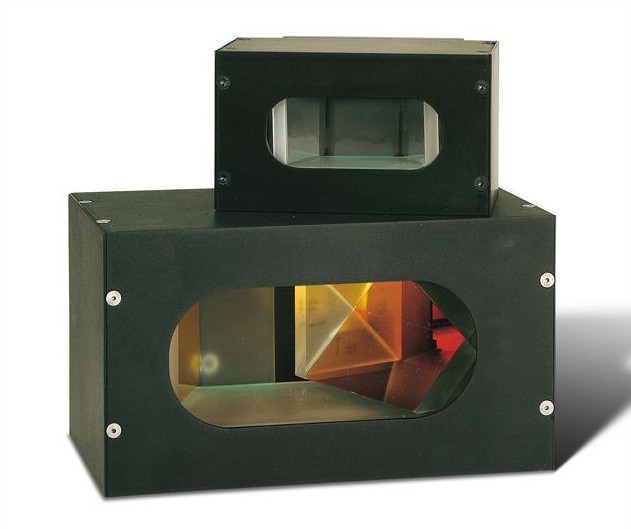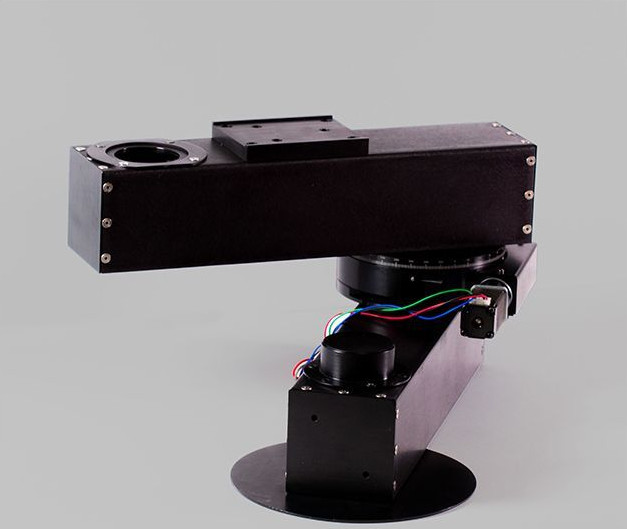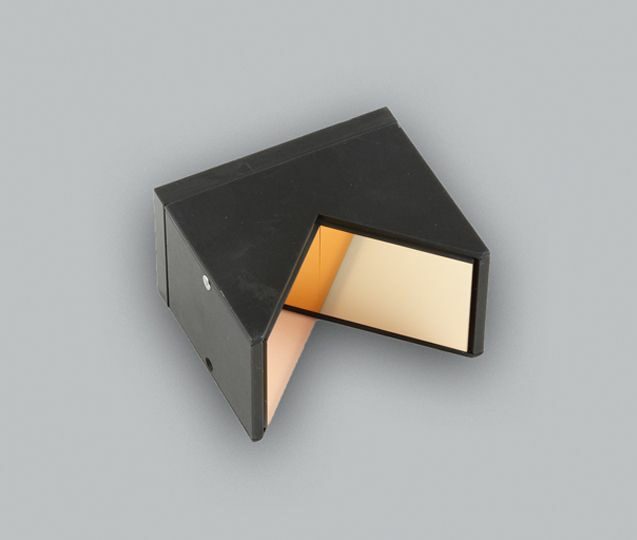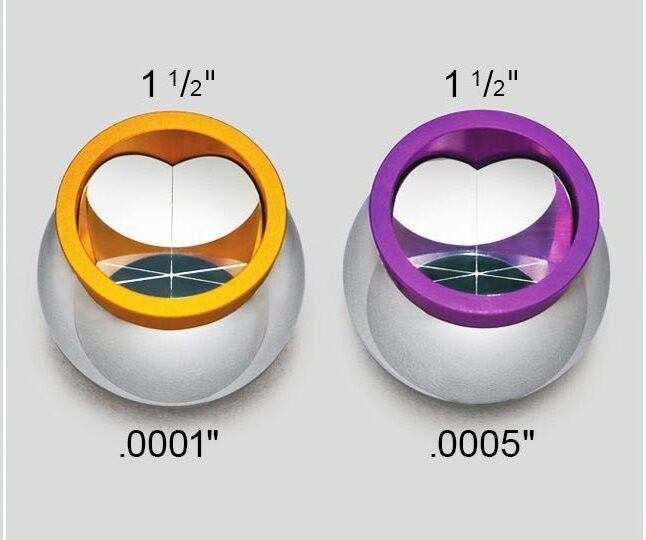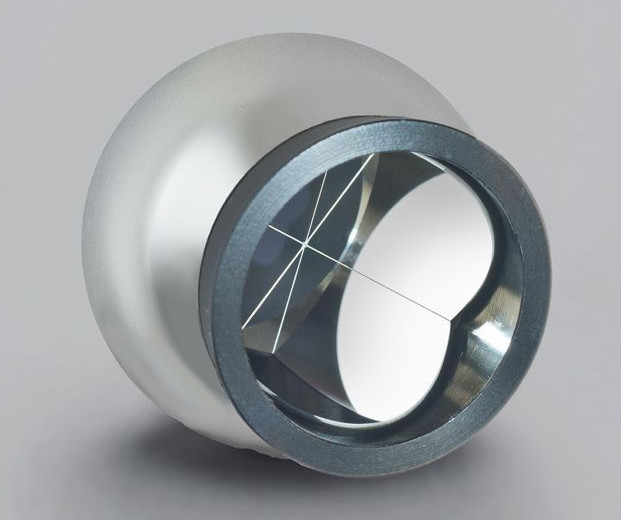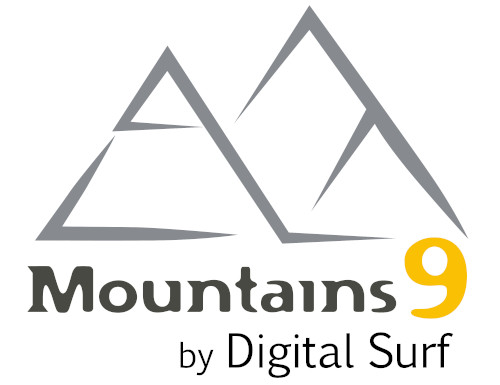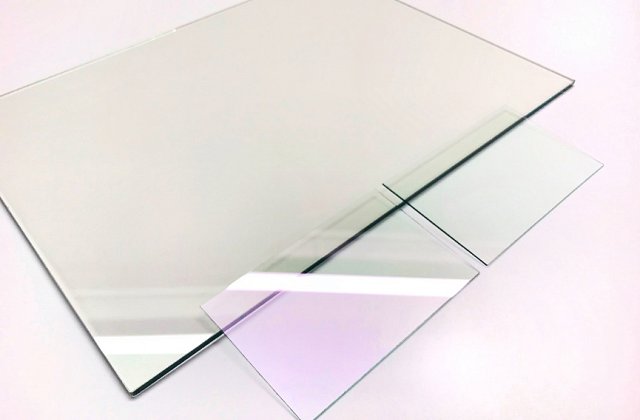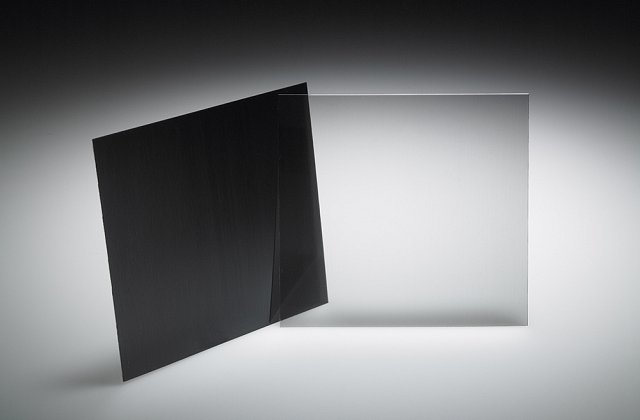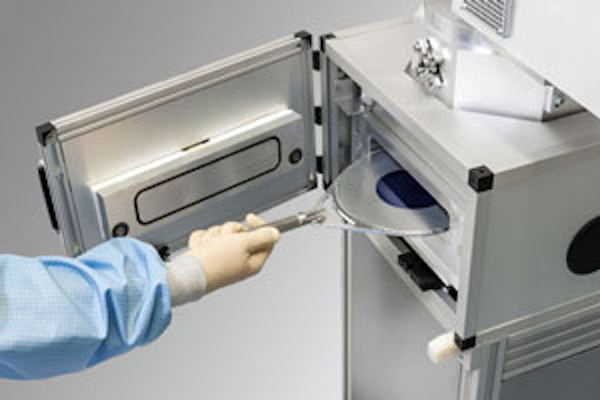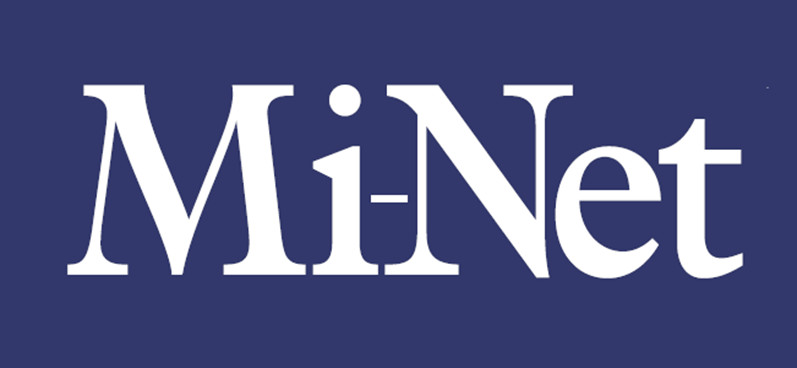Radiation detection is an invisible yet essential part of modern life
More than 35 million. That’s how many nuclear medicine examinations are estimated to take place every year. Medical exposure in the biggest man-made source of radiation exposure and it accounts for more than 95% of the total. Radiation monitoring is also key for research, in fields such as high energy physics, and it’s a critical component of space exploration where consideration needs to be made for cosmic rays.
A brief history of radiation detection
Radioactivity has a fascinating past. From Roentgen’s initial detection of x-rays in 1895 to Becquerel’s discovery of uranium radiation the following year. Marie and Pierre Curie would study the radioactivity of uranium for several years, discovering polonium and radium and officially coining the term ‘radioactivity’ in 1898. But it would take time for the dangers of radioactivity to be fully understood.
There were numerous high-profile tragedies linked to radiation. Thomas Edison’s assistant, Clarence Madison Dally, died due to exposure to x-rays, as did several women who used radium paint to effectively make military aircraft glow in the dark. In 1915, the British Roentgen Society adopted a resolution to protect people from overexposure to x-rays, and American organizations adopted similar rules in 1922. By the 1930s, scientists were beginning to understand fission and radioactive decay, leading to the development of the first nuclear reactors and atomic weapons in the 1940s. In 1959 the Federal Radiation Council was established, followed by the U.S. Environmental Protection Agency (EPA) in 1970.
The discovery of radiation in the late 19th century led to the development of various early detection devices, laying the foundation for today’s technologies
The spinthariscope, for example, was invented in 1903 by William Crookes, and used a zinc sulphide screen to visualise individual alpha particles as tiny flashes of light. The cloud chamber, developed by Charles Wilson in 1911, allowed scientists to track charged particles by condensing vapor along their paths. Then came the Geiger Counter in 1928. The Geiger-Müller tube remains one of the most widely used tools for detecting ionizing radiation.
These innovations paved the way for modern scintillation detectors, and dosimetry systems, which now play a crucial role in scientific research, healthcare, and industry.
- Geiger Counters are still used widely in nuclear safety, research, and personal radiation monitoring, Geiger-Müller tubes provide quick detection of alpha, beta, and gamma radiation.
- Scintillation Detectors use special materials to convert radiation into visible light, allowing precise measurement of radiation levels. Crystal Scintillators offer high detection efficiency and resolution, making them ideal for medical imaging, high-energy physics, and security applications. Organic Scintillators, on the other hand, are known for their fast response times, and are used in radiation monitoring, neutron detection, and environmental applications.
- Dosimetry is essential in medical, industrial, and occupational settings. It ensures that radiation exposure is accurately monitored to protect personnel and patients. Dosimetry tools are used to monitor and manage radiation exposure, ensuring compliance with safety standards in medical, industrial, and research environments.
Radiation detection technologies play a vital role in various sectors.
- Medical & Healthcare: From PET scans and radiotherapy to the development of radiopharmaceuticals, accurate radiation detection is crucial for both diagnosis and treatment.
- Nuclear Energy & Research: Monitoring and controlling radiation levels in nuclear power plants, particle accelerators, and high-energy physics experiments requires precision-engineered detection solutions.
- Homeland Security & Defense: Advanced radiation detectors are used for border security, airport screening, and nuclear threat detection, ensuring public safety.
- Environmental & Industrial Monitoring: Industries such as mining, space exploration, and waste management rely on radiation detection to ensure safe and sustainable operations.
Mi-Net is a trusted provider of specialized radiation detection solutions, offering:
✅ Unmatched Technical Expertise: With years of experience in high-precision radiation measurement, Mi-Net delivers state-of-the-art solutions tailored to industry needs.
✅ Customizable & Scalable Solutions: Whether for research, medical applications, or industrial safety, Mi-Net’s products can be adapted to unique requirements.
✅ Reliability & Industry Trust: Mi-Net’s radiation detection solutions are used by leading research institutions, healthcare providers, and industrial leaders worldwide.
Contact us if you would like to talk more about your radiation detection needs.
